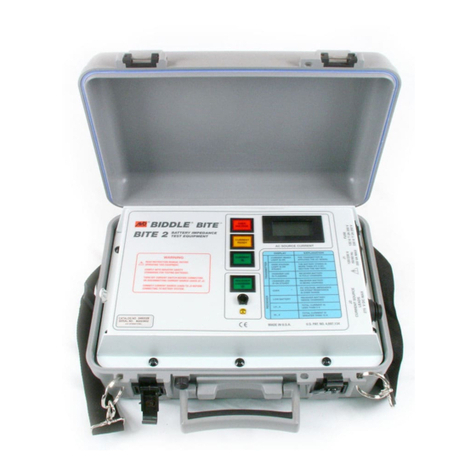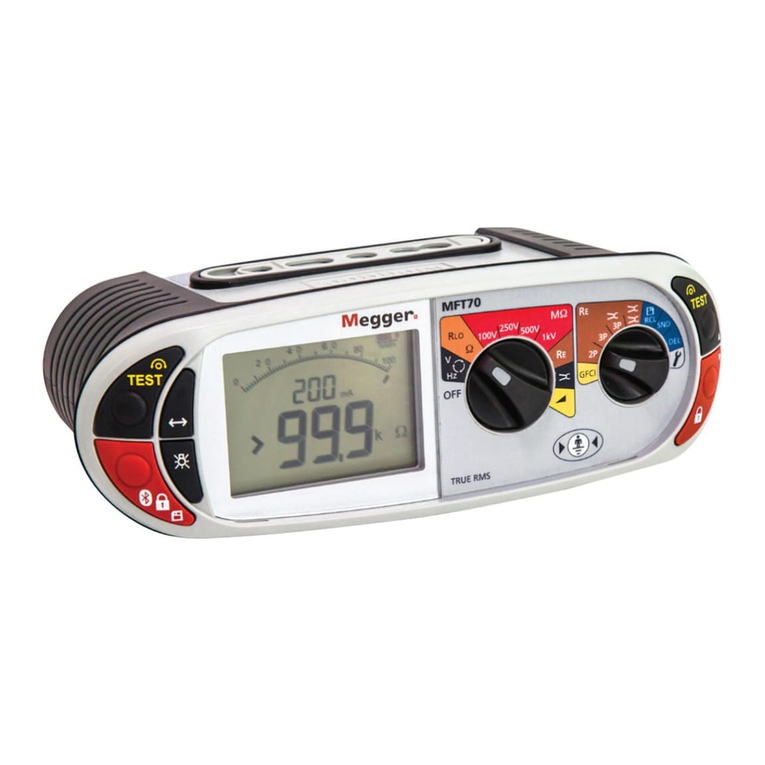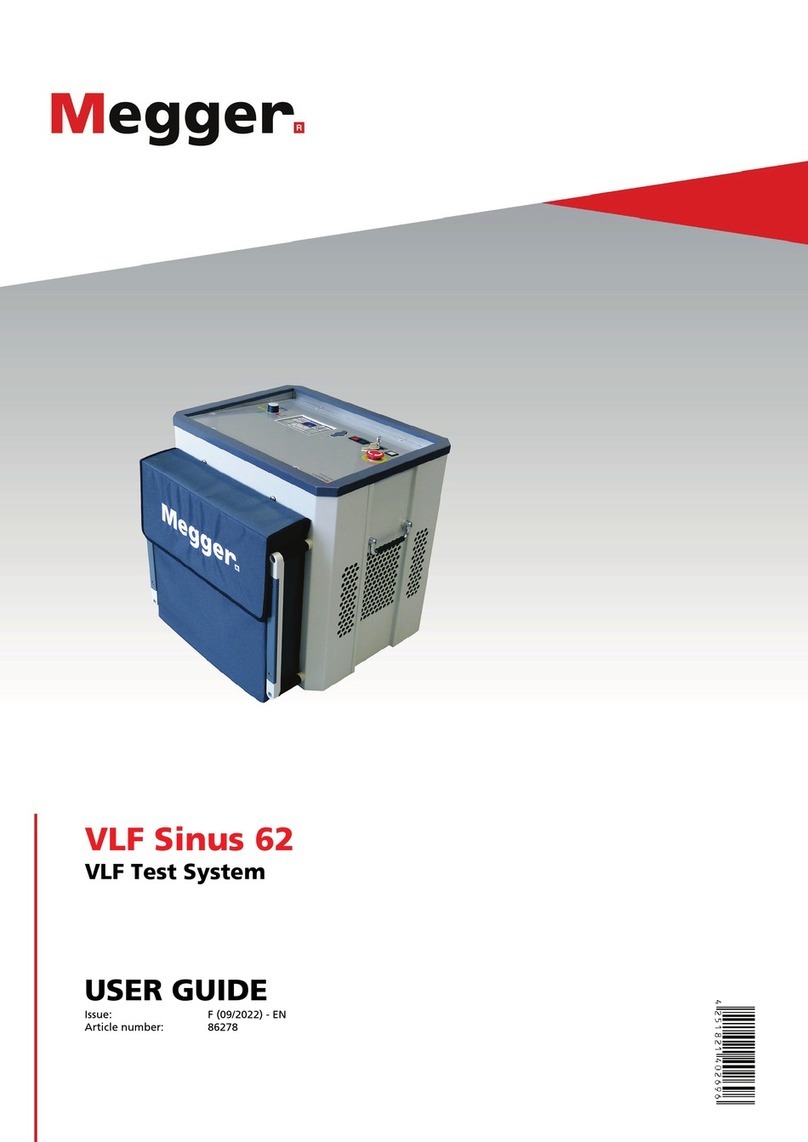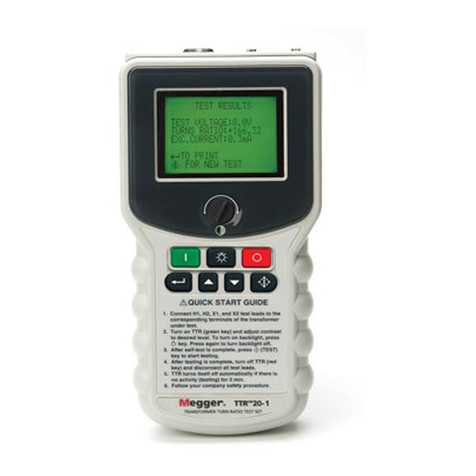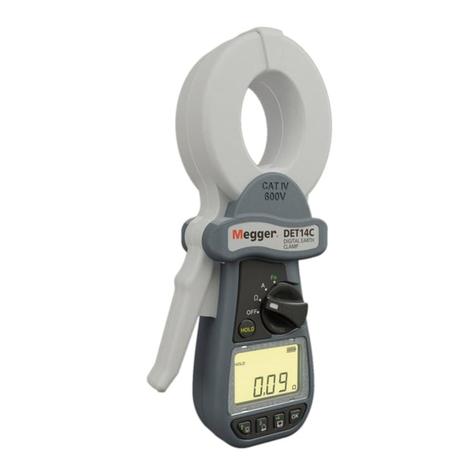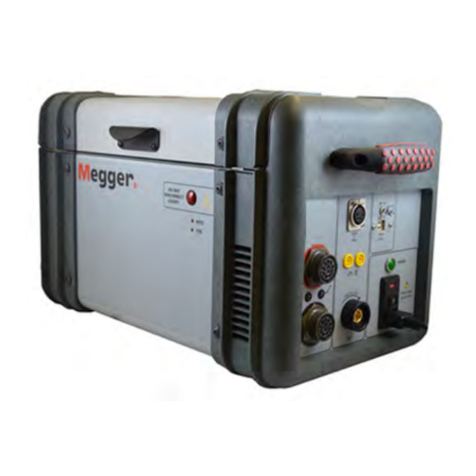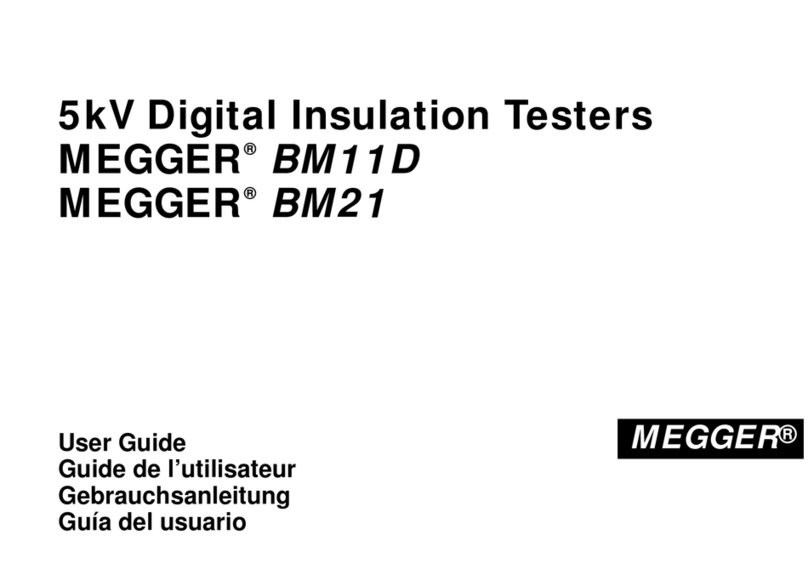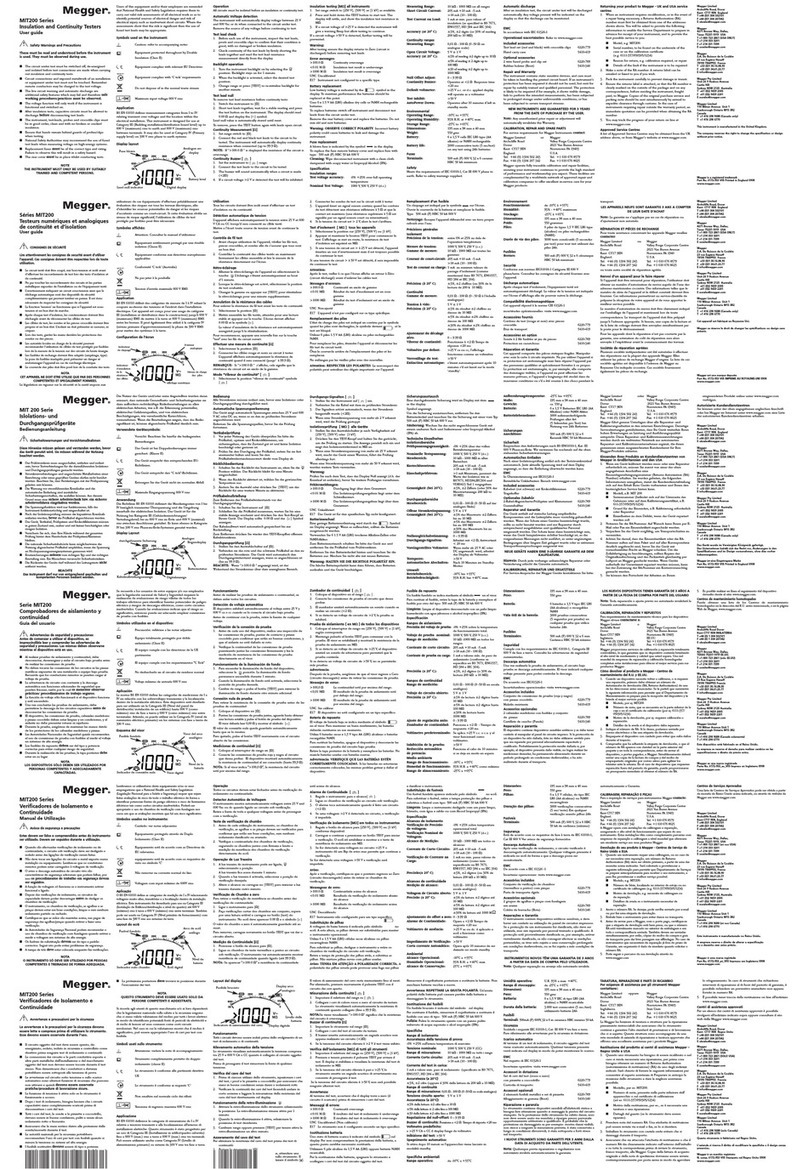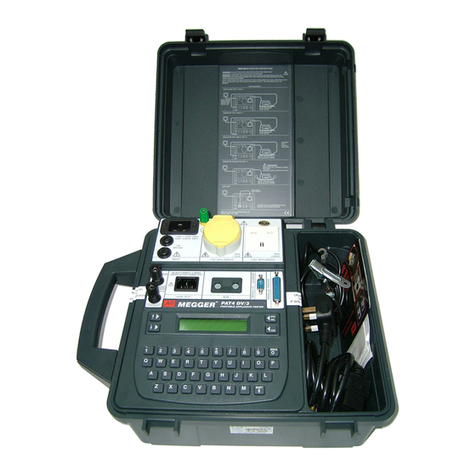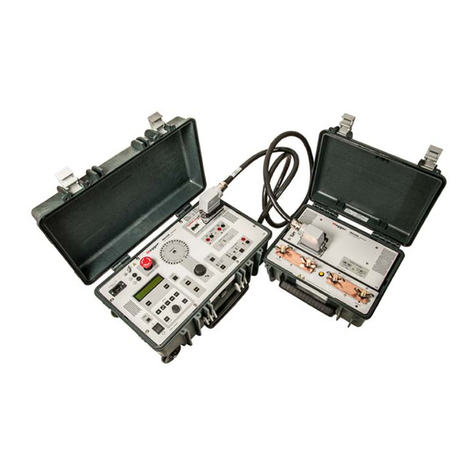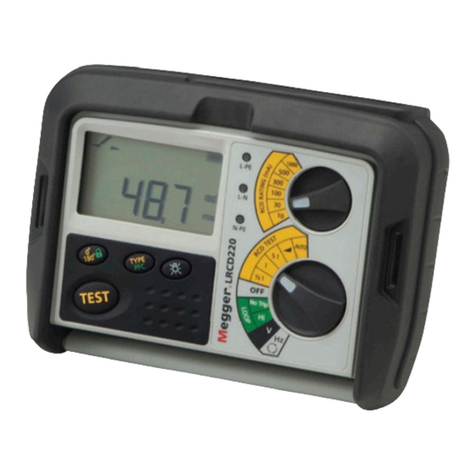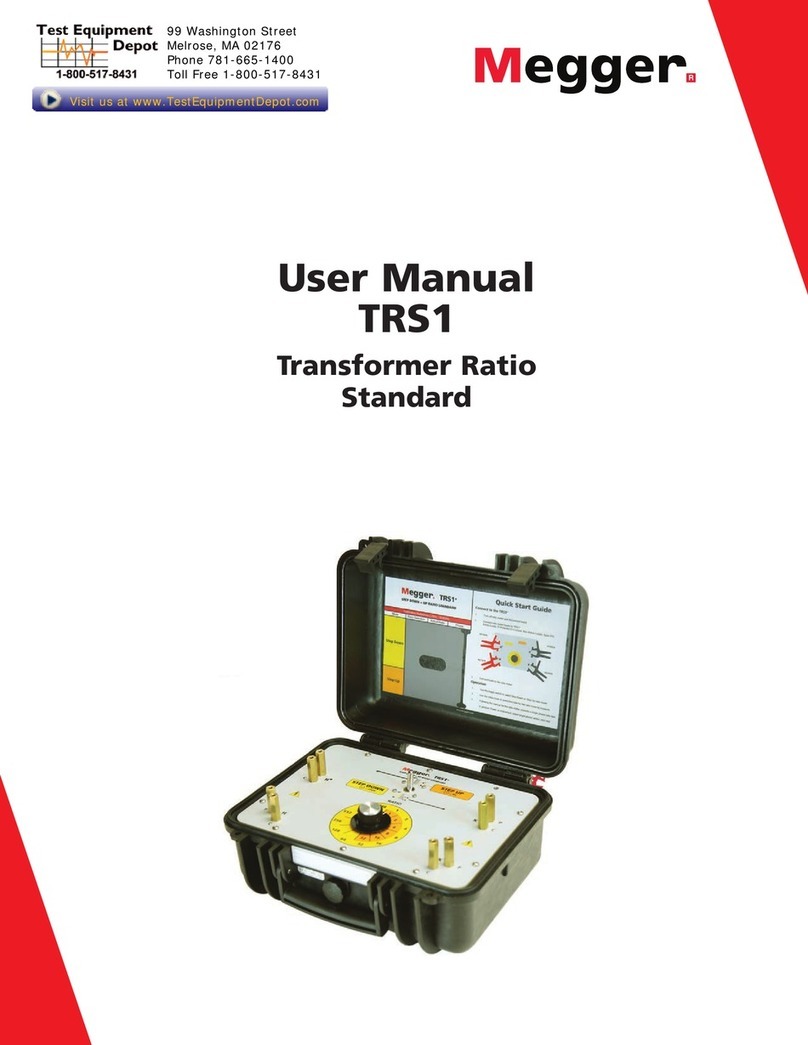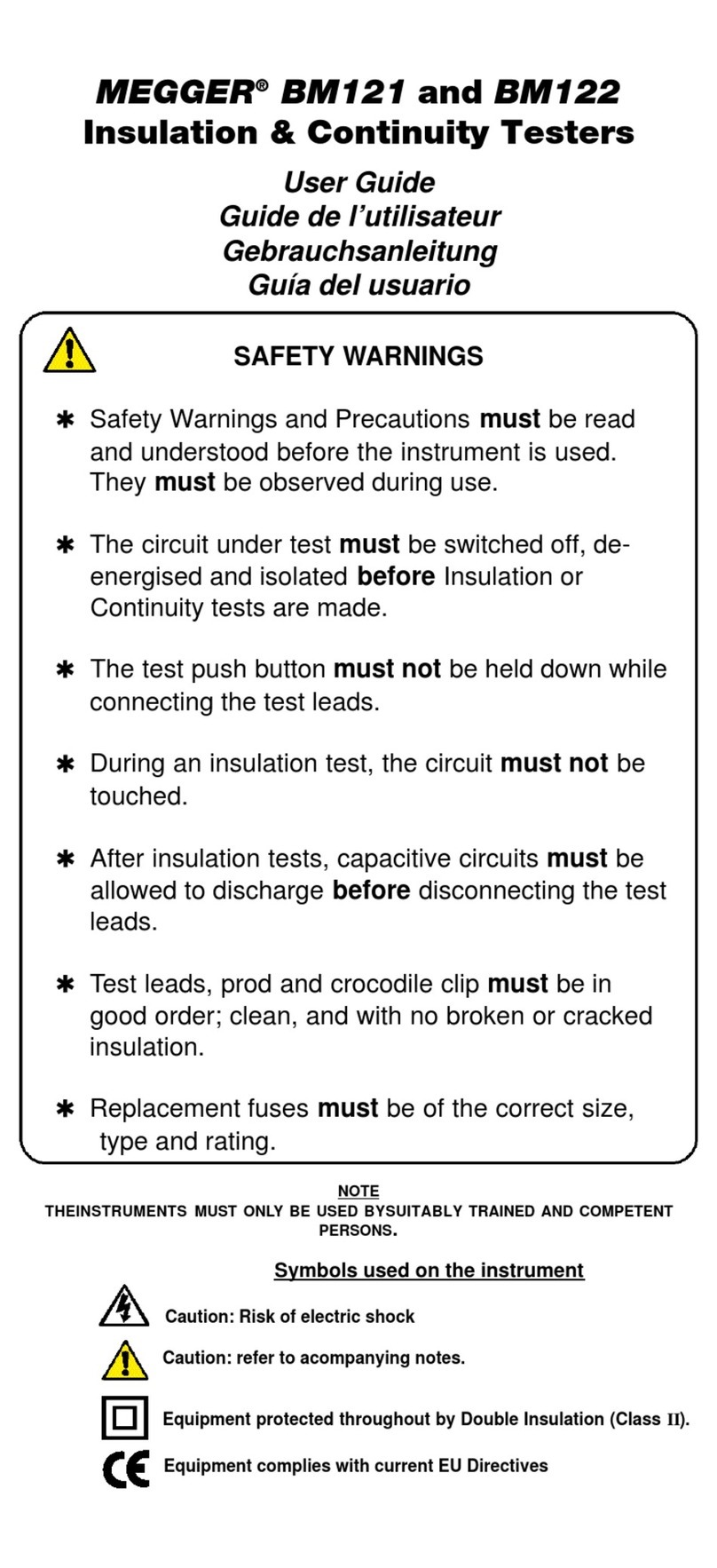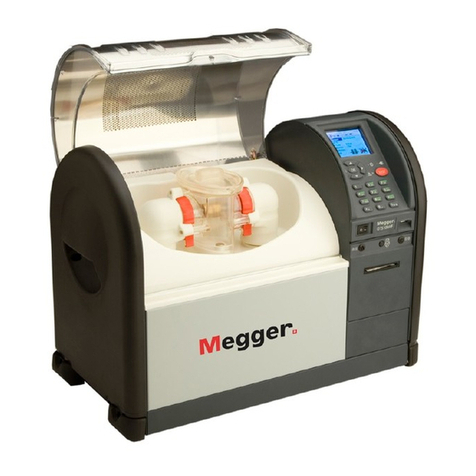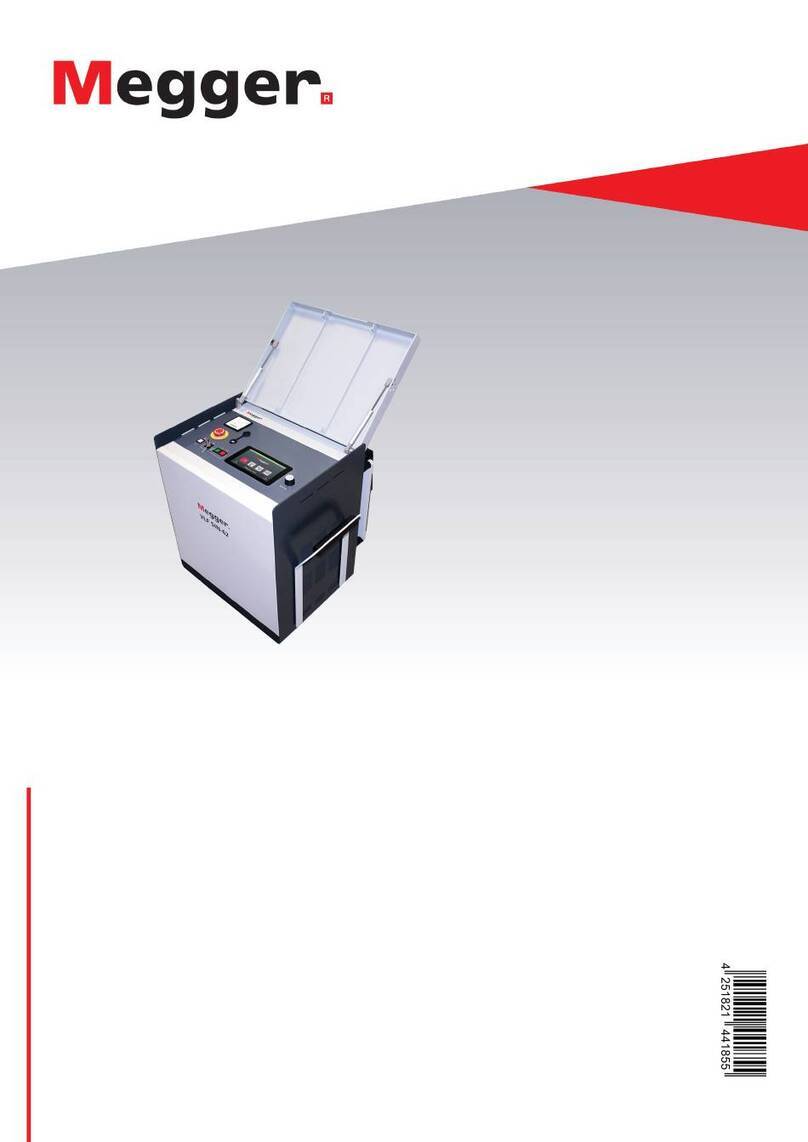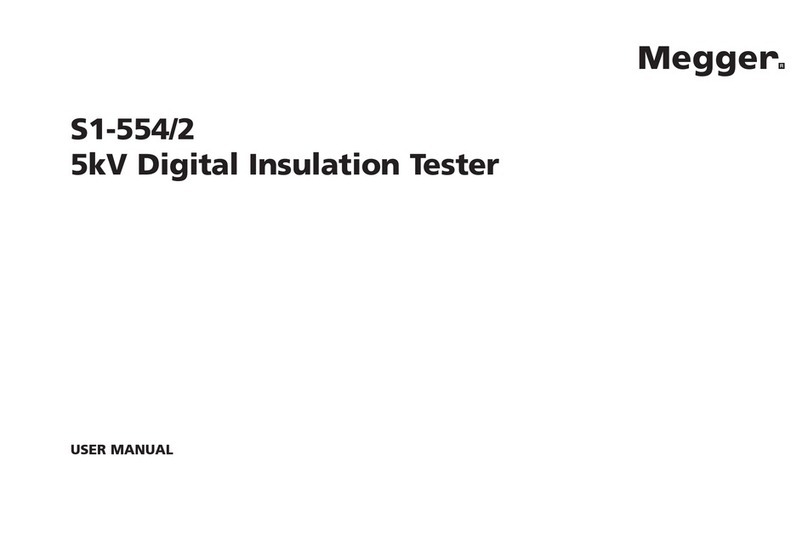
I
Contents
1Introduction ...............................................................1
2Technical Description...............................................3
2.1 Technical Data...........................................................3
2.2 Scope of delivery and Options.................................4
3Safety .........................................................................6
3.1 General Notes............................................................6
3.2 Safety devices ...........................................................9
3.2.1 FΩ / FU-EP protective device......................................9
3.2.2 Reverse voltage detection.........................................11
3.2.3 Key Switch ................................................................11
3.3 VDE 0104 (EN 50191) clauses................................. 12
3.3.1 Mobile (non-stationary) test unit ................................12
3.3.2 Danger Area..............................................................12
3.3.3 Emergency OFF button.............................................12
4Operating ................................................................. 13
4.1 Setting up the Instrument.......................................13
4.2 Connections and controls ...................................... 14
4.3 Connecting .............................................................. 16
4.3.1 5 Safety Rules...........................................................16
4.3.2 Connection diagramm ...............................................16
4.3.3 Earthing the SPG 5-1000 ..........................................17
4.3.4 Connecting the HV-line to a faulty cable....................19
4.3.5 Seuring the site and open cable ends .......................21
4.3.6 Connecting the SPG 5-1000 to the mains .................21
5Operation ................................................................. 22
5.1 Switching On ........................................................... 22
5.2 Rotary Selector........................................................ 23
5.3 High Voltage HV on................................................. 23
5.4 High voltage is active.............................................. 23
6Functions................................................................. 24
6.1 Setup- Menu ............................................................ 24
6.2 Safety Menu............................................................. 24
6.3 Test Mode ................................................................25
6.3.1 Insulation resistance .................................................26
6.4 Operation mode breakdown recognition...............26
6.5 Prelocating function................................................28
6.6 Pinpointing Mode .................................................... 31
6.6.1 Sound Field method ..................................................31
6.6.2 Step Voltage Method.................................................33

